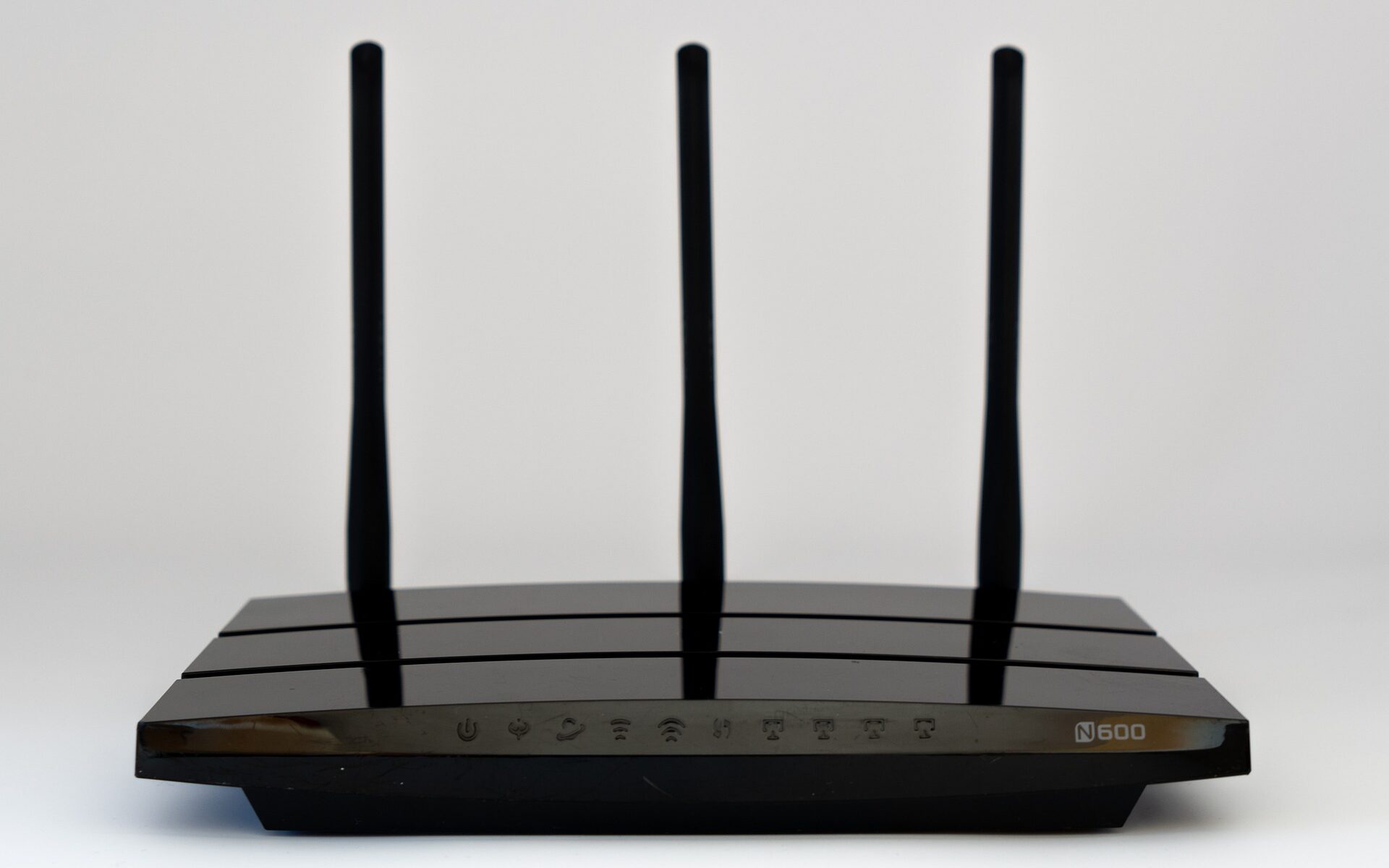The first thing to look at is the coverage area. So far we do not care about rates and price – as the operators in the same area have about the same rate. It is important for us to know which operator we can connect at the moment. This information you need to look at your address yourself, as in this case everything will be purely individual.
The idea is that we need to find an option where the coverage is as close as possible on 3G and 4G. If at all bad, and coverage is far away, then we will amplify the receiving signal – about this a little later.
Before you choose an antenna, or make it your own hands need to understand a few things. First, the data transmission will go through the air with radio waves. Second, all these waves, like any other in nature, like to be extinguished by obstacles, but I have already talked about this. They get extinguished by trees, bad weather, power lines, and more. So we will need to buy or make a narrow beam antenna.
What does narrow beam antenna mean? – It means that the gain, which is indicated in dB, is very important. Look at the picture above, the more dBi the farther the antenna hits and the narrower the beam. This means the antenna itself will need to be mounted clearly in the direction of the base station.
Do not forget about obstacles, i.e. trees, hills, and mountains (if any). Most likely you will have to put the antenna as high up on the roof as possible.
You must remember that the coverage of the base station you are tagging will also depend on the frequencies at which it operates. The higher the wave frequency, the higher the speed and the higher the standard of operation, but the smaller the radius of coverage. Recall 5th grade physics – the higher the frequency of the wave, the faster it fades.
If you are too lazy to do something with your own hands, you can look at ready-made options. The advantage of the purchased antenna is that they are designed for several bands at once, and not for one, as our homemade antenna. When choosing, be sure to look at the standards with which the antenna works, as well as the frequencies. For frequencies and standards, it is best to ask the operator. Let me say right away that in technical support you may get an incompetent specialist who does not know this information, so you will need to learn about it more persistently.
